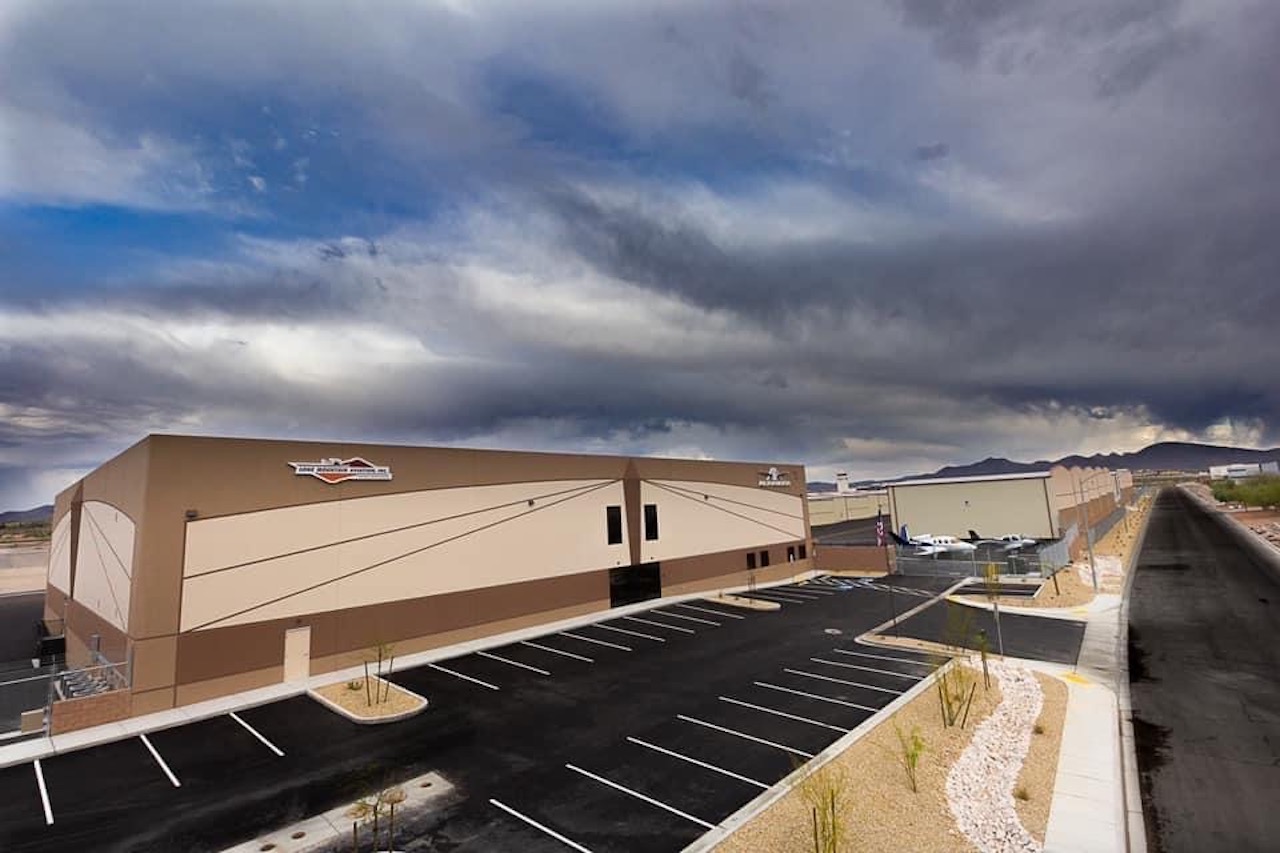
What Are the Las Vegas Sealcoating Application Guidelines?
 Sealcoating is a very economical, highly effective way to help asphalt pavements last longer and look better. However, asphalt sealants require contractors to pay meticulous attention to a number of details before, during, and after the application. Even a seemingly minor error can ruin the job, leaving the pavement without adequate protection.
Sealcoating is a very economical, highly effective way to help asphalt pavements last longer and look better. However, asphalt sealants require contractors to pay meticulous attention to a number of details before, during, and after the application. Even a seemingly minor error can ruin the job, leaving the pavement without adequate protection.
What Details Should Sealcoating Contractors Address Prior to a Sealant Application?
The very first item on the contractor’s to-do list is a site evaluation. Before an asphalt parking lot sealcoating contractor can create an accurate job quote, it will be necessary to ascertain the condition of the pavement to determine whether there are cracks that need to be repaired with an asphalt crack filler or crack sealer. The contractor will also want to look at the parking lot layout to identify obstacles that lie within the lot, including landscaping islands, as well as obstacles abutting the lot, including fences or walls. Once a quote has been tendered and accepted, your parking lot maintenance company can focus on preparing the pavement to accept the seal coat.
1. A pavement needs to be clean for the seal coat to bond properly. Your contractor’s crew will remove any trash, sand, gravel, or other debris, and they will clean the surface thoroughly.
2. If oil or other automotive fluids have been leaked onto your pavement, your contractor will probably need to apply a primer to those spots.
3. Sealcoating can obscure hairline cracks and other surface imperfections, but it cannot replace an asphalt crack filler or crack sealer. Cracks will need to be repaired, and it may be necessary to patch potholes or other damaged areas.
What Happens During a Sealcoating Operation?
When asphalt sealcoating contractors are ready to start a job, they prepare the sealcoating mix, using precise amounts of sand, sealant, water, and any additive deemed necessary for the particular pavement. They will transport their equipment, workers, and supplies to the job site, and they will erect barricades or other traffic control devices to secure the area.
1. If necessary, squeegees or brooms may be used to apply the sealant around the edges of the pavement where it meets a sidewalk, building, landscaped area, or other fixture that could be stained or damaged by the sealant.
2. Sealcoating should never be applied in one thick coat. Instead, two thin coats should be applied, but the second coat should not be applied until the first one has had time to dry sufficiently.
3. After the second coat has dried, your contractor may be able to proceed with your parking lot painting service. However, depending on the scope of the job, the time of year, and other factors, your pavement marking and line striping may have to wait until the following day.
What Happens After My Contractor Seals My Asphalt Pavement?
You will need to keep vehicles from driving or parking on your pavement until the sealcoating is properly cured, and this may take as long as 24 hours. Therefore, your contractor will probably leave barricades, tape, or cones in place overnight. The following day, the contractor will return to verify the quality of the work and the curing of the sealant, then the traffic control devices will be removed.
If you have more questions about the sealcoating process, contact Affordable Striping & Sealing. We are a locally owned company serving the entire Las Vegas Valley. We have an impeccable reputation for customer service, high-quality work, honesty, and community service. We specialize in asphalt maintenance, and our services include asphalt sealcoating, parking lot layout, asphalt crack repair, line striping and pavement markings, traffic sign installation, road markings, and bumper blocks. For a free quote, you can submit our online request form, call 702-222-9009, or email Estimating@AffordableStriping.com.



